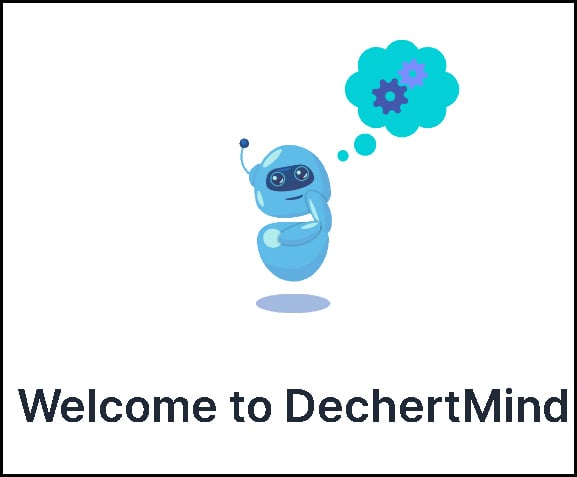The first landmark e-discovery opinion was issued on May 13, 2003, in Zubulake v. UBS Warburg, 217 F.R.D. 309 (S.D.N.Y. 2003). Looking back 17 years later, none of us could have imagined the breathtaking speed at which electronic discovery would evolve from an exercise left to young associates, paralegals and litigation support into a unique, complex, deeply enriching, highly relevant and extraordinarily diverse practice area led by a new kind of lawyer, the e-discovery lawyer.
On reflection, e-discovery is where the legal profession incubated some of its most important and enduring innovations of the last 20 years—alternative fee arrangements, legal project management, data analysis, operational discipline, metrics, data-driven decision-making and performance management, multidisciplinary teams, legal process outsourcing, the virtual law firm, the use of extranets and client dashboards, and more recently, predictive coding, algorithms, machine learning and analytics. These innovations have and promise to further transform the practice of law, not just in the data-rich e-discovery practice, but across the entire profession.


 Tess Blair, left, and Tara Lawler, right, of Morgan Lewis & Bockius.
Tess Blair, left, and Tara Lawler, right, of Morgan Lewis & Bockius.




